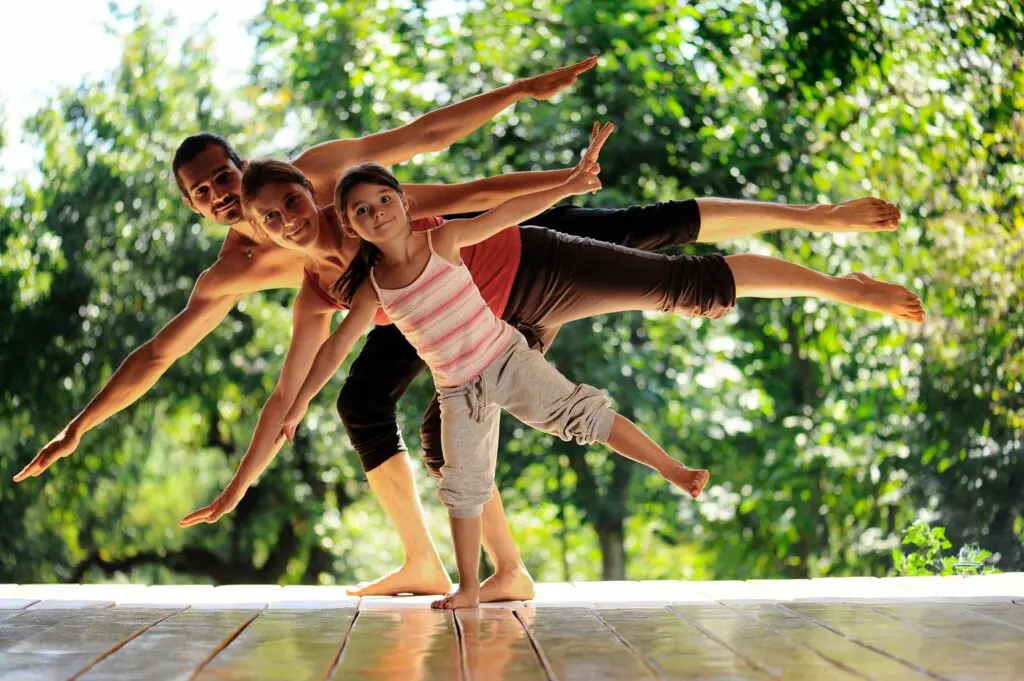Yoga vs Pilates: Which is right for you? (part 2 of 2)

Part 2 of 2
Yoga vs. Pilates: Which is Right for You? When it comes to improving your physical health and mental well-being, both yoga and Pilates offer unique benefits. But which one is right for you? Both yoga and Pilates are incredibly beneficial practices that can enhance your overall health and well-being. While yoga offers a broader spiritual and mental component, Pilates is ideal for strengthening and toning your body, especially the core. In fact, many people enjoy incorporating both into their fitness routines to experience the combined benefits of improved flexibility, strength, and mindfulness.
While they share some similarities, they also have distinct differences in their approach to fitness and overall wellness. In this 2-part blog, we’ll explore both practices, their origins, and what they can do for your body and mind to help you decide which one might be the best fit for your lifestyle.
In this post, we will start with exploring PILATES! Jump to YOGA here!
The Basics: Pilates
Pilates was developed by Joseph Pilates in the early 20th century as a rehabilitation method for injured soldiers. It focuses on strengthening the core muscles, which are key to overall stability and support. Pilates involves controlled movements that engage the core, with an emphasis on breath control, posture, and alignment. While Pilates exercises are often done on a mat, more advanced exercises may require specialized equipment, such as a reformer, which uses springs to provide resistance.
Key Benefits of Pilates:
- Core Strength: Pilates is renowned for its focus on the deep abdominal muscles and pelvic floor, essential for overall core strength and stability.
- Postural Alignment: Like yoga, Pilates emphasizes proper alignment, which can lead to better posture and reduced risk of injury.
- Muscle Toning: Pilates targets specific muscle groups, using controlled movements to tone and sculpt muscles, particularly in the abdomen, legs, and arms.
- Improved Flexibility: Pilates also helps improve flexibility, though it focuses more on lengthening and strengthening muscles rather than extreme stretching.
- Mind-Body Connection: Pilates emphasizes the connection between mind and body through precise movements, breath control, and concentration.
Key Differences:
Focus and Philosophy:
Pilates, on the other hand, is primarily focused on physical fitness. While there is an element of mindfulness involved, Pilates is more about building strength, flexibility, and muscle control, particularly in the core.
Movement Style:
Pilates movements are more fluid and dynamic, focusing on controlled, precise motions that build core strength and muscle tone.
Equipment:
Pilates often uses specialized equipment such as the reformer, Cadillac, or stability ball, although mat Pilates is also widely practiced.
Breathing:
Pilates uses a more structured breathing technique called “lateral breathing,” where you focus on expanding the ribs to the sides of the body while engaging the core.
Yoga vs Pilates: Which is right for you? Choose Pilates if…
Your primary focus is on building core strength, toning muscles, and improving posture.
You prefer a more structured, movement-focused workout.
You want a low-impact workout that emphasizes precision and control.
Conclusion
Ultimately, the choice between yoga and Pilates comes down to your personal fitness goals, interests, and how you want to connect with your body. Whether you’re drawn to the peace and mindfulness of yoga or the core-strengthening power of Pilates, you’ll find both practices offer lasting health benefits and help you feel your best.

